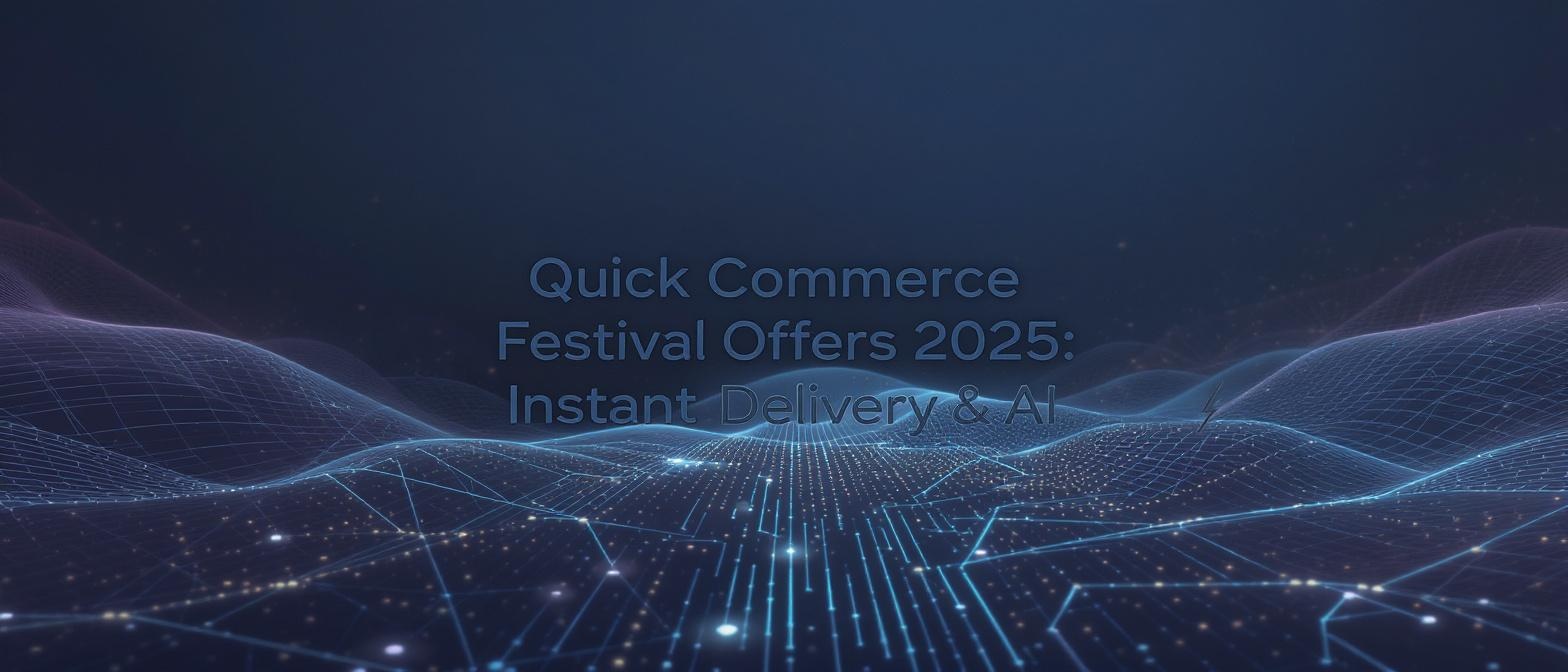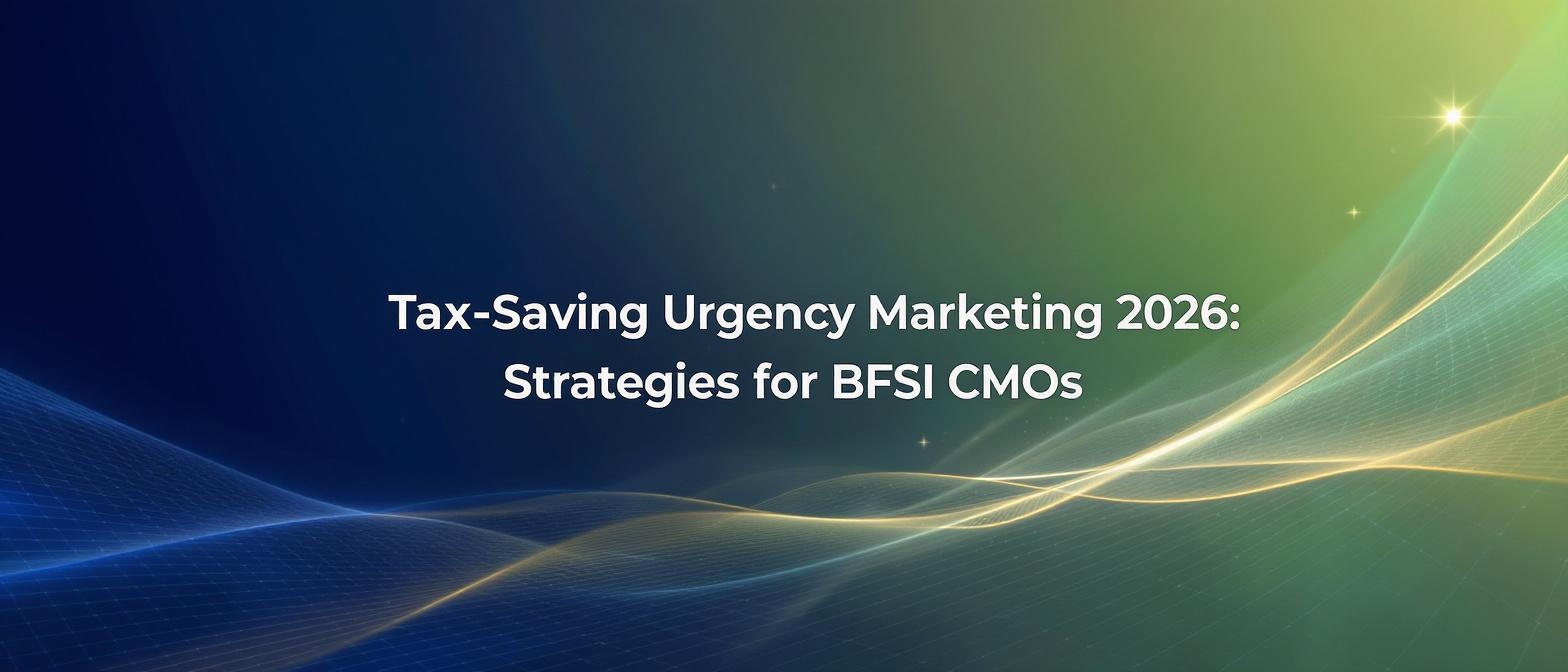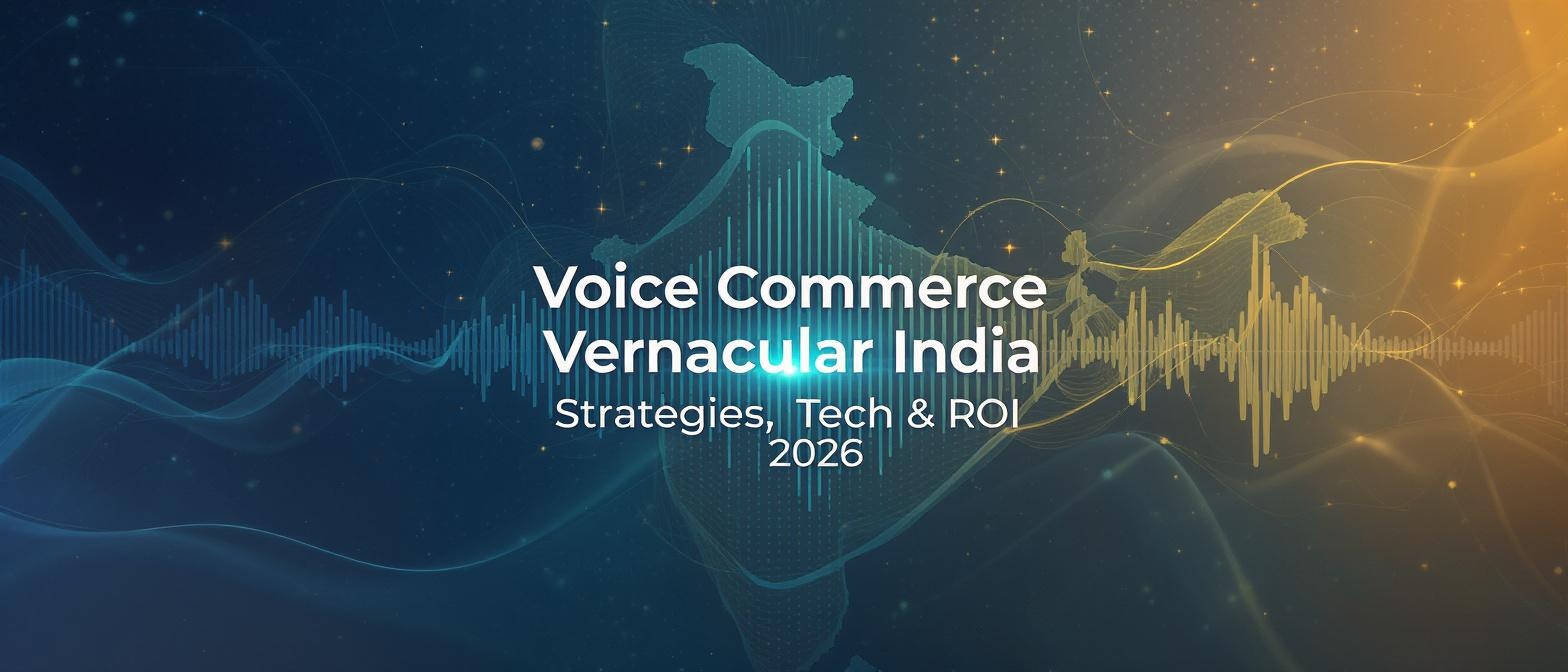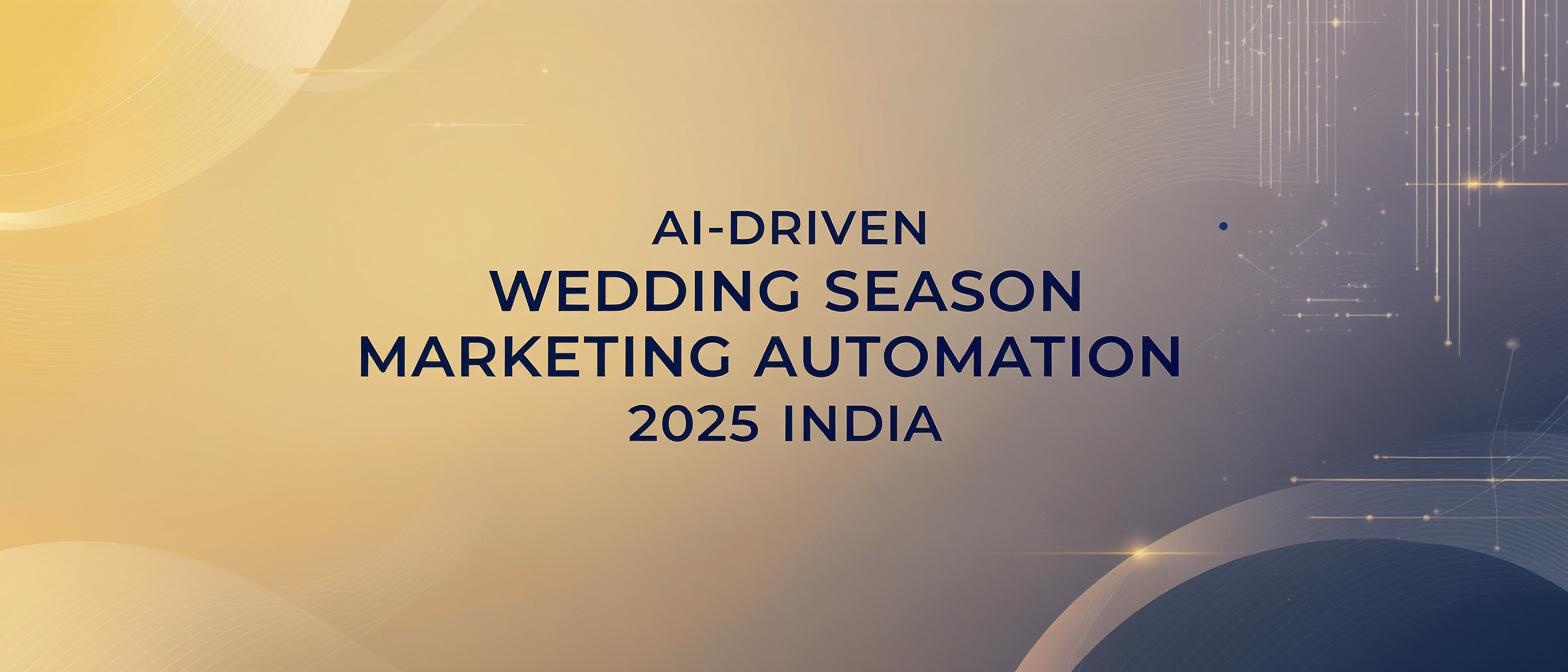The Ultimate Guide to Creating an Orientation Video That Boosts Retention in 2025
Estimated reading time: ~12 minutes
Key Takeaways
- Effective orientation videos improve retention by delivering consistent, engaging, and scalable onboarding experiences.
- AI-driven video creation drastically reduces production time and costs, enabling personalized onboarding at scale.
- Well-defined KPIs ensure you measure onboarding success and continually optimize your strategy.
The first 45 days of employment are a critical, and often treacherous, period. A staggering 20% of employee turnover happens within this initial window, representing a massive drain of resources, time, and morale. For too long, companies have relied on stacks of paperwork, inconsistent manager-led sessions, and outdated PowerPoints, leaving new hires feeling overwhelmed and disconnected. It’s time for a strategic overhaul. The single most powerful tool to fix this broken process is a well-crafted orientation video, and in 2025, creating one that is engaging, scalable, and effective has never been more achievable.
This is not just about a friendly welcome message. It’s about building a strategic asset for your employee onboarding program that directly impacts your bottom line. A great orientation video serves as a consistent, compelling introduction to your company’s culture, values, and vision, ensuring every new hire, from Seattle to Singapore, starts their journey with clarity and confidence. This comprehensive guide will walk you through the entire process, from data-backed strategy and scripting to leveraging cutting-edge AI video creation tools to revolutionize how you welcome new talent.
Why Your Onboarding Process is Broken (And How Video Fixes It)
Before diving into the “how,” it’s crucial to understand the “why.” A lackluster onboarding experience isn’t just a minor inconvenience; it’s a significant financial and cultural liability. When new hires are left to fend for themselves, engagement plummets, productivity stalls, and the revolving door of recruitment never stops spinning.
The Staggering Cost of Poor Onboarding
The data paints a stark picture of the onboarding crisis. According to recent research from StrongDM, a mind-bogglingly low 12% of U.S. employees believe their company has a satisfactory onboarding process. This widespread failure has tangible consequences, leading to early disengagement and costly turnover.
However, the inverse is equally powerful. The same research reveals that organizations with a strong, standardized onboarding process see an 82% improvement in new hire retention. This isn’t a marginal gain; it’s a transformational shift that turns onboarding from a costly administrative burden into a powerful retention engine.
The Power of Video: Consistency, Scalability, and Engagement
This is where video emerges as the clear solution to the most pressing onboarding challenges.
- Unwavering Consistency: A video delivers the same core message every single time. It eliminates the variability of individual manager styles, ensuring that crucial information about culture, compliance, and company vision is communicated accurately and uniformly to every new employee, regardless of their department or location.
- Infinite Scalability: Whether you’re onboarding five new hires or five hundred, a video requires the same initial effort. It can be deployed instantly across the globe, making it the perfect tool for growing companies and organizations with a distributed or remote workforce.
- Unmatched Engagement: In an era of information overload, video is the undisputed king of content. As video consumption continues to dominate online activity—with projections from sources like Forbes suggesting it will drive the vast majority of internet traffic by 2025—using it for training is no longer an option, but a necessity. A dynamic video is far more memorable and engaging than a static employee handbook.
The Core Components of a High-Impact Orientation Video
To create an orientation video that truly resonates, you need to move beyond a simple checklist of topics. Think of it as crafting a narrative journey for your new hire, guiding them from initial introduction to long-term inspiration. Structuring your content into distinct modules can create a clear, compelling flow.
Module 1: The Foundation - Mission, Vision & Culture
This is your chance to convey the soul of your organization. Go beyond reciting the company history.
- The “Why”: Start with your founder’s story or a powerful message from your CEO about the company’s purpose. What problem does your company exist to solve?
- Values in Action: Don’t just list your corporate values. Show them. Feature brief testimonials from current employees explaining how a specific value (e.g., “Customer Obsession”) manifests in their daily work. For a deeper dive into embedding culture, resources from Harvard Business Review are invaluable.
- A Glimpse of the Environment: Include shots of the office, collaborative meetings, and social events to give a genuine feel for the workplace atmosphere, whether it’s in-person, hybrid, or fully remote.
Module 2: The People - Faces of the Company
Your company is its people. Make your new hires feel like they’re joining a community, not just a corporation.
- Leadership Welcome: A warm, authentic welcome from key leaders across different departments helps humanize the organization’s structure.
- Cross-Departmental Introductions: Briefly introduce the core functions of different teams (e.g., “Meet the Marketing team, who tells our story to the world”). This helps new hires understand how their role fits into the bigger picture.
- The “Buddy” System: If you have a formal or informal mentorship program, feature a short segment with a mentor and mentee talking about their positive experience.
Module 3: The Role - A Day in the Life & Tools for Success
Provide clarity and set the stage for early wins.
- Role-Specific Context: While the core video can be universal, consider adding short, personalized clips that explain what success looks like for specific roles or departments.
- Tech Stack Overview: Briefly introduce the essential software and communication tools (e.g., Slack, Asana, Salesforce), explaining the purpose of each. This demystifies the digital workplace from day one.
- Key First-Week Objectives: Outline what a successful first week or month looks like, providing a clear roadmap and reducing new-hire anxiety.
Module 4: The Essentials - Compliance, Safety, and Admin
This is the mandatory content, but it doesn’t have to be boring.
- Gamify Compliance: Use quick-cut animations, engaging graphics, and a clear, concise voiceover to explain critical policies like the code of conduct, data security, and emergency procedures.
- HR & IT Roadmap: Clearly explain who to contact for what, providing a simple guide for getting help with payroll, benefits, or tech support.
Module 5: The Future - Growth Paths & Opportunities
End on a high note by showing new hires that they are joining a company where they can build a career, not just hold a job.
- Career Trajectories: Feature employees who have grown within the company, sharing their journey from a junior role to a leadership position.
- Learning & Development: Highlight the resources available for professional growth, such as training programs, tuition reimbursement, or mentorship opportunities.
The Strategic Pre-Production Blueprint
A successful video is born from a solid strategy, long before you ever press “record” or type a single line of script into an AI generator.
Step 1: Define Your “Onboarding North Star” - Setting KPIs
What, exactly, are you trying to achieve? Your goals will shape every aspect of the video. Your Key Performance Indicators (KPIs) should be specific and measurable.
- Retention-focused: “Increase 90-day new hire retention by 15%.”
- Productivity-focused: “Decrease the average time-to-first-major-task-completion by 20%.”
- Engagement-focused: “Improve scores on the ‘sense of belonging’ question in our new hire survey by 25%.”
Step 2: Scripting for Engagement, Not Information Dumps
The biggest mistake in corporate video is writing a script that reads like a technical manual.
- Talk, Don’t Type: Write in a conversational, human tone. Read your script out loud; if it sounds robotic, rewrite it. Use simple language and avoid corporate jargon.
- Embrace Storytelling: Frame information within stories. Instead of saying “We value innovation,” tell the story of how an employee’s small idea became a major product feature.
- Structure Each Segment: Use a simple broadcast news formula for each module:
- Hook: Start with a question or a surprising fact to grab attention.
- Body: Deliver the core information clearly and concisely.
- Call to Action: Tell the new hire what to do next (e.g., “You’ll explore this further in your meeting with your manager tomorrow”).
Step 3: Personalization at Scale - The Onboarding Video Matrix
The holy grail of modern onboarding is personalization. A one-size-fits-all video is good, but a tailored experience is game-changing. This is where you can plan for different video versions without creating an unmanageable workload.
Imagine a simple matrix:
| Module | All Employees (Core Video) | Sales-Specific Insert | Engineering-Specific Insert |
|---|---|---|---|
| Culture | Universal Company Mission | N/A | N/A |
| Tools | Intro to Slack & HRIS | Deep dive into Salesforce & Outreach | Deep dive into Jira & GitHub |
| Success | What a great first 30 days looks like | “Your first 30 days: Understanding the sales cycle” | “Your first 30 days: Your first code commit” |
This level of personalization was once a logistical nightmare, but modern platforms like Studio by TrueFan AI enable the creation of dynamic, role-specific video content without re-shooting every segment. You can produce a core video and then seamlessly insert these customized modules for different hiring cohorts.
The AI Revolution in Employee Onboarding Video Creation
The traditional video production process is notoriously slow, expensive, and difficult to scale—three things that fast-moving HR teams cannot afford. This is where AI is fundamentally changing the game.
Overcoming Traditional Hurdles: Time, Cost, and Global Scale
Think of the old way: securing a budget, hiring a film crew, scheduling executives, editing for weeks, and then repeating the entire process for a simple policy update or for a new language translation. The cost could run into tens of thousands of dollars for a single video.
How AI Video Generators Are a Game-Changer for HR
AI-powered video creation platforms eliminate these barriers, putting the power of a production studio directly into the hands of HR and L&D teams.
- Radical Efficiency: Create professional-quality videos in minutes, not months. Simply type or paste your script, choose an AI avatar and voice, and generate the video. This allows you to update content on the fly as your company evolves.
- Cost Reduction: Eliminate the need for cameras, crews, and studios. AI video production can reduce costs by up to 90% compared to traditional methods.
- Global Localization, Instantly: For global enterprises, ensuring consistency across dozens of countries is paramount. Studio by TrueFan AI’s 175+ language support and AI avatars allow companies to produce perfectly localized orientation videos from a single master script, ensuring every employee receives the same core message in their native language.
Measuring the ROI of Your Orientation Video Program
An orientation video is an investment, and like any investment, its return should be measured. Tracking the impact of your new video program is essential for securing future budgets and continuously improving the process.
A recent survey highlighted by Newployee.com found that organizations investing in onboarding see a 40% increase in ROI within the first year. You can demonstrate this value by tracking a few key metrics.
Key Metrics to Track
- Quantitative Metrics:
- 90-Day Retention Rate: Compare the rate before and after implementing the new video. This is your most powerful ROI metric.
- Time to Productivity: Measure the time it takes for a new hire to complete their first major project or hit their first performance milestone.
- Engagement Survey Scores: Use pulse surveys to measure new hire sentiment. As experts at Gallup note, engaged employees are the bedrock of a productive workforce.
- Qualitative Metrics:
- New Hire Feedback: Ask new employees directly what they found most and least helpful about the orientation video.
- Manager Check-ins: Gather feedback from managers. Are their new hires asking fewer repetitive questions? Are they integrating into the team more smoothly?
The financial argument is compelling. Solutions like Studio by TrueFan AI demonstrate ROI through drastically reduced production costs, faster onboarding cycles, and the long-term financial benefits of improved employee retention.
Frequently Asked Questions (FAQ)
Q1: How can we make mandatory compliance training in an orientation video engaging?
Use storytelling and scenario-based learning. Instead of listing rules, present a short, animated scenario where an employee makes a choice, and show the outcome. This makes the information more relatable and memorable. Keep these segments short and visually dynamic.
Q2: What’s the best way to update our orientation video as the company evolves?
This is a key advantage of AI video platforms. Instead of a costly reshoot, you can simply edit the script for the relevant section (e.g., updating a policy or changing a department head’s name) and regenerate that portion of the video in minutes, ensuring your content is always current.
Q3: Should our orientation video be one long video or a series of shorter ones?
For 2025, a microlearning approach is far more effective. Break your content into a playlist of shorter, 3-5 minute videos based on the modules described above. This allows new hires to digest information at their own pace and makes it easier for them to revisit specific topics later.
Q4: How do we create an orientation video that is inclusive and accessible for all employees?
Inclusivity is non-negotiable. Ensure your video features a diverse range of employees in terms of race, gender, age, and ability. Always include accurate, closed captions. AI tools can often generate these automatically. For global teams, providing versions in native languages is a powerful statement of inclusion.
Q5: Can AI really create authentic-feeling orientation videos?
Yes, modern AI video tools have made incredible strides. The key is to use the technology strategically. For instance, Studio by TrueFan AI allows for voice cloning and the creation of custom AI avatars based on real people in your organization, blending authenticity with the scalability of AI. You can use an AI avatar of your Head of HR to deliver consistent policy updates, while still using footage of your real CEO for the welcome message.
Q6: How can we integrate interactive elements into our orientation videos?
Many modern video hosting platforms and e-learning tools allow you to embed interactive elements. You can add short quizzes after a compliance module to check for understanding, include clickable links to resources like the employee handbook, or even embed a survey at the end to gather immediate feedback on the onboarding experience.
Your Onboarding Revolution Starts Now
Moving from a disjointed, inconsistent onboarding process to a strategic, video-powered experience is one of the highest-impact initiatives an HR team can undertake. It’s a direct investment in your most valuable asset: your people. By embracing a data-driven strategy and leveraging the transformative power of AI video creation, you can build an onboarding machine that not only welcomes new hires but also engages them, empowers them, and ultimately, retains them for the long haul.
Ready to transform your employee onboarding? Explore how AI-driven video creation can help you build a world-class experience from day one.





